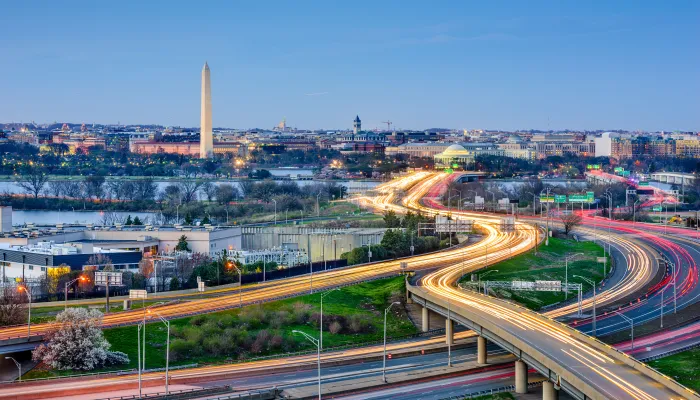The Prevent Government Shutdowns Act Will Not Cost $12.6 Trillion
The Prevent Government Shutdowns Act (PGSA) would establish an automatic continuing resolution (auto-CR) to prevent shutdowns and would put into place incentives to encourage Congress to enact its own CR or appropriations bill. Its fiscal effect would be minimal, as the legislation itself is not intended to take effect on a permanent basis. Rather, it is intended to serve as a bridge while policymakers agree to appropriations levels.
Due to scorekeeping technicalities, the Congressional Budget Office (CBO) has estimated the PGSA will cost $12.6 trillion over a decade. This score does not, however, reflect the actual fiscal impact of the bill. The PGSA would have little fiscal impact in reality, and it would even save money on paper.
The PGSA ends the risk of government shutdown by establishing an auto-CR if funding lapses (read more in our Q&A on government shutdowns). This backstop generally extends spending at the prior year's levels with no inflation adjustments or anomalies until lawmakers reach an agreement on new spending bills.
CBO estimated earlier this year that the PGSA would increase mandatory budget authority by $1.4 trillion per year, resulting in $12.6 trillion more spending over the next decade. Missing from CBO's estimate is that scored increases in mandatory spending would be offset by reductions in discretionary spending that aren't counted in the score.
The reason for the massive scored increase in mandatory spending is that the PGSA -- by allowing appropriations to continue automatically without congressional action -- essentially turns discretionary spending into mandatory spending by automatically extending appropriations. This reclassification leads to a $12.6 trillion increase in the mandatory side of the budget (which CBO scores) but would also result in a huge reduction in discretionary spending (which CBO has not yet estimated). We estimate these savings would be roughly $14 trillion, so the net impact would be $1.5 trillion in savings, not $12.6 trillion in costs. These estimates could differ modestly based on start year, but under no circumstances would a permanent auto-CR add to deficits.
Of course, the only way the PGSA would actually save $1.5 trillion is if Congress completely abdicated its role to pass appropriations bills for a full decade. This is an unlikely scenario in any circumstance. The PGSA only goes into effect when funding lapses. In the last 30 years, according to Congressional Research Service (CRS) data, there have been an average of about three days of funding lapses per year.
In fact, the PGSA is designed to bolster, not replace, the appropriations process, and includes a number of provisions to encourage the timely passage of appropriations. These include restrictions on staff and member travel, Congressional pay, and votes unrelated to appropriations. The PGSA would also ban House or Senate adjournment for longer than 23 hours during a government shutdown and would require a daily quorum call to keep Members in town.
Overall, PGSA is likely to have little fiscal impact. As under current law, it will be up to policymakers to decide how much to appropriate each year. The difference is that they would no longer face the risk of a government shutdown.
This difference is important, however. Government shutdowns disrupt a range of government services, lead to the furlough of hundreds of thousands of federal employees and contractors, reduce economic activity, hurt consumer confidence, and lead the government to waste money on activities that don’t occur.
While reasonable people can disagree on the best approach to preventing government shutdowns, the goal of ending shutdowns is broadly shared. The solution will only have a modest impact on our fiscal situation, the direction of which is unclear. The PGSA will not cost $12.6 trillion, or much of anything, over the next decade.


